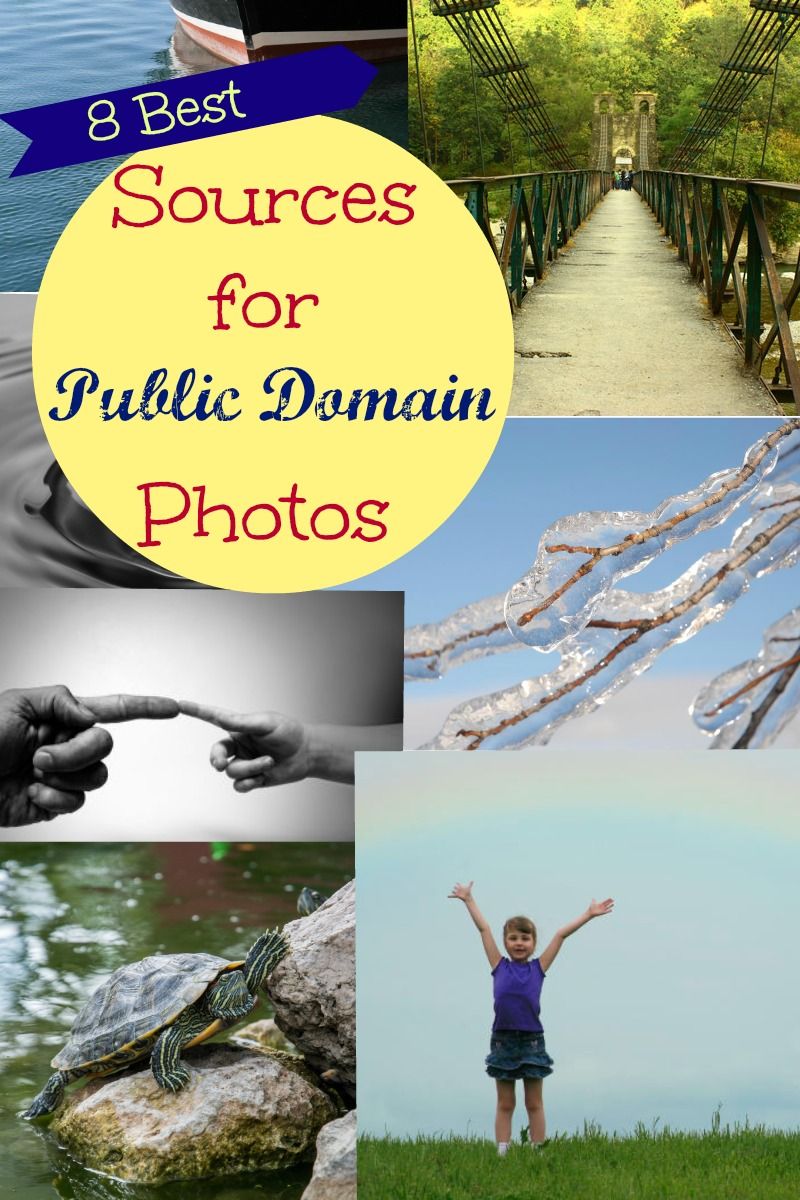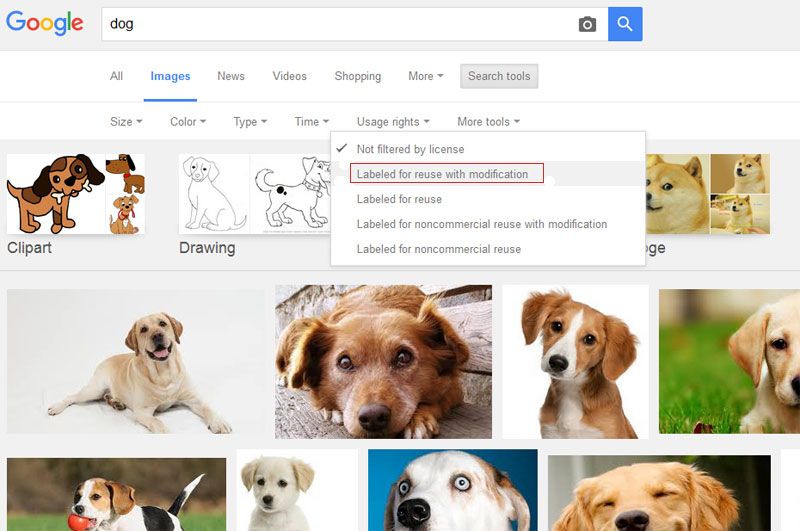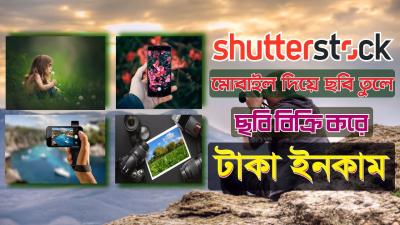Searching for the perfect images for your project can be exciting, but it can also be overwhelming, especially when you’re trying to avoid copyright issues. That’s where public domain images come in—they’re freely available for anyone to use without restrictions. Shutterstock, known for its vast library of stock photos, also offers a selection of images that are in the public domain. In this guide, we’ll walk you through how to find these free-to-use images on Shutterstock, so you can enhance your creative projects confidently and legally.
Understanding Shutterstock’s Licensing Options and Public Domain Content

Shutterstock offers a variety of licensing options to suit different needs, including Standard and Enhanced licenses, which typically cover their paid content. However, when it comes to public domain images, the rules are a bit different. Shutterstock does host some images that are explicitly marked as being in the public domain or released under Creative Commons licenses that allow free use.
Here’s a quick overview:
- Public Domain Images: These are images that have no copyright restrictions. Anyone can use, modify, and distribute them without asking for permission or giving credit.
- Creative Commons Licensed Images: Some images are available under licenses that allow free use, but may require attribution or have other restrictions.
- Standard Shutterstock Content: Usually requires a purchase or subscription and is protected by copyright.
To find public domain images on Shutterstock, look for specific tags or filters that indicate the image is free to use. Shutterstock often labels public domain content clearly, making it easier for you to identify usable images without worrying about licensing issues. Always double-check the license associated with each image to ensure it aligns with your intended use, especially if you’re using the images for commercial purposes.
Understanding these licensing nuances is key to making the most of Shutterstock‘s resources while respecting copyright laws. Whether you’re creating a blog, presentation, or marketing material, knowing how to identify and properly use public domain images will save you time and legal headaches down the line.
Step-by-Step Process to Search for Public Domain Images on Shutterstock

Finding the perfect public domain image on Shutterstock might seem tricky at first, but once you get the hang of it, it becomes a straightforward process. Let’s walk through the steps together so you can confidently locate those free-to-use images for your project.
Step 1: Head to Shutterstock and Access the Search Bar
Start by visiting Shutterstock’s website. Once there, you’ll see the big search bar at the top. This is your gateway to finding images, so type in a descriptive keyword related to what you’re looking for. For example, if you need a picture of a mountain, just type “mountain” and hit Enter.
Step 2: Use the Filter Options
After your initial search results load, look for the filter options usually located on the left side of the page. Here, you’ll want to focus on the “License Type” filter. Shutterstock offers various licenses, but for public domain images, you’ll want to select filters like “Royalty-Free” or “Public Domain”.
Note: Shutterstock doesn’t always label images explicitly as public domain, so you may have to dig a little deeper or use additional search strategies.
Step 3: Add Keywords to Narrow Down Public Domain Content
To improve your chances of finding public domain images, add specific keywords such as “public domain” or “free to use” in your search query. For example, type “mountain public domain” into the search bar. This helps filter out proprietary images and brings up more relevant results.
Step 4: Review the Image Details
When you find an image that looks promising, click on it to view its details. Here, check the licensing information carefully. Look for notes indicating that the image is in the public domain or available for free use without restrictions.
Remember: Shutterstock typically sells images, but some contributors upload public domain content or free images. Always double-check the license details before downloading or using an image.
Step 5: Download and Properly Attribute if Needed
If the image is confirmed to be public domain, you can proceed to download it. Keep in mind that some images may still require attribution, so make sure to read the licensing terms carefully. If attribution is needed, note how to give proper credit as specified by the uploader or Shutterstock’s guidelines.
Tips for Identifying and Verifying Public Domain Images
Not all images labeled as “free” or “public domain” are genuinely free to use without restrictions. So, here are some practical tips to help you confidently identify and verify public domain images on Shutterstock and other platforms.
Tip 1: Check the License Details Thoroughly
Always review the licensing information linked with each image. Public domain images should explicitly state that they are in the public domain or have no rights reserved. If the license details are vague or missing, avoid using that image.
Tip 2: Look for Clear Labels or Keywords
Use search terms like “public domain”, “creative commons zero (CC0)”, or “free to use”. These keywords often lead to images that are more likely to be truly free and open for use.
Tip 3: Cross-Reference with Reputable Public Domain Resources
- Visit dedicated public domain image repositories such as Pixabay, Unsplash, or Public Domain Pictures.
- Compare the image with similar ones on these sites to verify its public domain status.
Tip 4: Use Metadata and EXIF Data
Sometimes, images contain embedded metadata indicating their origin and licensing. Tools like Adobe Bridge or online EXIF viewers can help you inspect this information. If metadata indicates the image is from a reputable source and marked as public domain, you’re in a safer zone.
Tip 5: When in Doubt, Seek Official Confirmation
If you’re unsure, reach out to the contributor or the platform’s support team for clarification. Better to ask and be safe than risk copyright infringement.
Tip 6: Respect Attribution and Usage Rights
Even if an image is labeled as public domain, some creators still appreciate attribution. When in doubt, give credit where it’s due—this is respectful and often appreciated, even if not legally required.
By following these tips, you’ll be better equipped to find authentic public domain images that can be confidently used in your projects without legal worries. Happy hunting!
Benefits of Using Public Domain Images for Your Projects
Using public domain images can be a game-changer for your creative projects, whether you’re designing a website, creating educational materials, or working on a personal blog. First and foremost, cost savings is a huge perk. Since these images are free to use, you don’t have to spend money on licensing fees or worry about copyright restrictions.
Another big advantage is legal peace of mind. Public domain images are free from copyright restrictions, so you can use them without fear of infringing on someone’s rights. This makes them perfect for commercial projects, presentations, or any work where legal compliance matters.
Plus, public domain images often have a rich history behind them, giving your project a unique and authentic touch. They can add a vintage feel or historical perspective that’s hard to replicate with stock photos. Using these images can also lend your work a sense of credibility and trustworthiness, especially if you choose historically significant or culturally relevant images.
From a practical standpoint, public domain images are usually easy to access and use. Since they’re freely available, you can incorporate them into your projects quickly without worrying about complicated licensing agreements. This speed and simplicity can save you time and streamline your workflow.
And let’s not forget about creative freedom. Because you’re not restricted by licensing terms, you can modify, crop, combine, or adapt public domain images to fit your specific needs. This flexibility allows you to customize images to perfectly match your vision without any legal hurdles.
In summary, using public domain images offers affordability, peace of mind, authenticity, ease of use, and creative flexibility. It’s an excellent resource for anyone looking to enhance their projects without the hassle or expense of licensing fees. Incorporating these images thoughtfully can elevate your work and make your projects stand out.
Additional Resources for Finding Public Domain Images
If you’re eager to explore more options beyond Shutterstock or want to expand your library of public domain images, there are plenty of fantastic resources out there. Here are some go-to platforms and tools:
- Wikimedia Commons: A vast repository of freely usable media files, including images, videos, and sounds. Many are in the public domain or licensed under Creative Commons.
- Public Domain Pictures: A large collection of high-quality public domain images contributed by photographers worldwide. Great for diverse themes and styles.
- Unsplash: While primarily offering free stock photos, many images are under licenses that allow unrestricted use, including public domain-like options. Always check the licensing terms for each image.
- Pixabay: Offers a wide selection of images, videos, and music, much of which is in the public domain or licensed for free use without attribution.
- The New York Public Library Digital Collections: Features thousands of public domain images, especially historical photographs and illustrations that can add a vintage touch to your projects.
- Rawpixel: Provides public domain images as well as curated collections. Their Public Domain section is perfect for finding unique, high-resolution images.
When exploring these resources, it’s always a good idea to double-check the licensing details to ensure the images are truly in the public domain. Some sites offer both public domain and Creative Commons licensed images, so a quick review can save you from any legal headaches down the line.
Additionally, tools like Google Images have filters for usage rights, allowing you to search specifically for images labeled for reuse, which can be helpful when you’re in a pinch or looking for quick options.
Remember, the key is to use reputable sources to ensure your images are genuinely free to use. With these resources at your fingertips, finding the perfect public domain image for your project becomes much easier and more enjoyable. Happy hunting!
Conclusion and Best Practices for Using Public Domain Images Safely
Utilizing public domain images can significantly enhance your creative projects without the worry of copyright infringement. However, to ensure you are truly in the clear, it’s essential to follow some best practices. First, always verify the image’s public domain status directly from reputable sources like Shutterstock’s public domain collections or other trusted platforms. Be cautious of images that may be mislabeled or have ambiguous licensing terms, as these can lead to legal complications.
When using public domain images, consider these best practices:
- Always double-check licensing information: Confirm the image is genuinely in the public domain, especially if sourced from third-party sites.
- Attribute when necessary: Some images may require attribution, even if they are in the public domain. Read the licensing details carefully.
- Avoid altered images that could mislead: Do not misrepresent images or use them out of context in a way that could be misleading or defamatory.
- Maintain documentation: Keep records of where and how you sourced your images, including screenshots or URLs, in case you need proof of legal use.
- Respect platform policies: Follow Shutterstock’s guidelines for public domain content and adhere to any specific instructions provided by the platform.
By adhering to these best practices, you can confidently incorporate public domain images into your projects, enriching your content while respecting intellectual property rights. Remember, responsible usage not only protects you legally but also upholds ethical standards in creative sharing.


